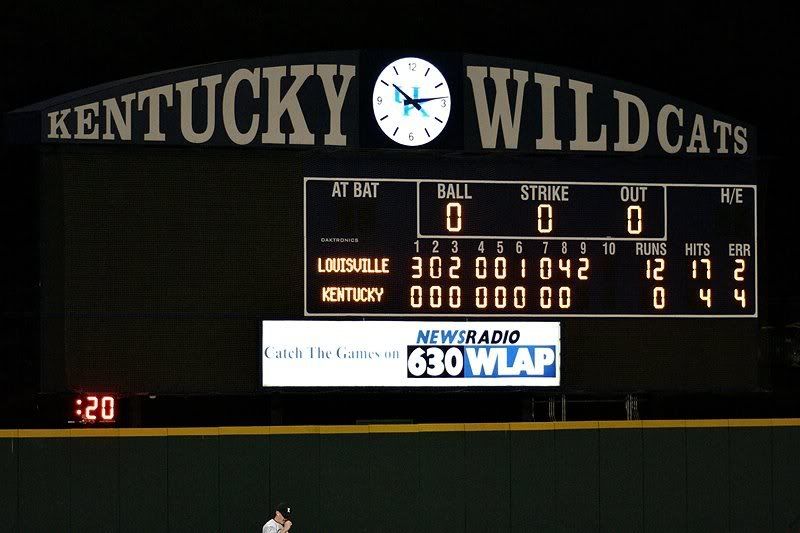So anyone have an opinion on the new college rule where they 20 seconds between pitches and 90 seconds between innings. For me it seems a little to rushed.
Lefty
Original Post
Replies sorted oldest to newest
quote:Originally posted by Sdlefty:
The base ump keeps it. Only seen it called once. I believe the first infraction is a warning and from then on out a ball is called.
The 20 seconds between pitches seems to be fine, but the 90 seconds between innings is chaos. It seems like to much rushing and ruins the pace of the games.
quote:Originally posted by trojan-skipper:
3rd base ump keeps it. That's interesting. Are they planning on installing pitch clocks I wonder? They use them at the national NBC tourney in Wichita every summer (of course what speeds games there is the 6 run rule after 7).
quote:Originally posted by Jimmy03:quote:Originally posted by trojan-skipper:
3rd base ump keeps it. That's interesting. Are they planning on installing pitch clocks I wonder? They use them at the national NBC tourney in Wichita every summer (of course what speeds games there is the 6 run rule after 7).
If I recall correctly, we were told no visible clocks in Regionals, Super Regionals or CWS.
